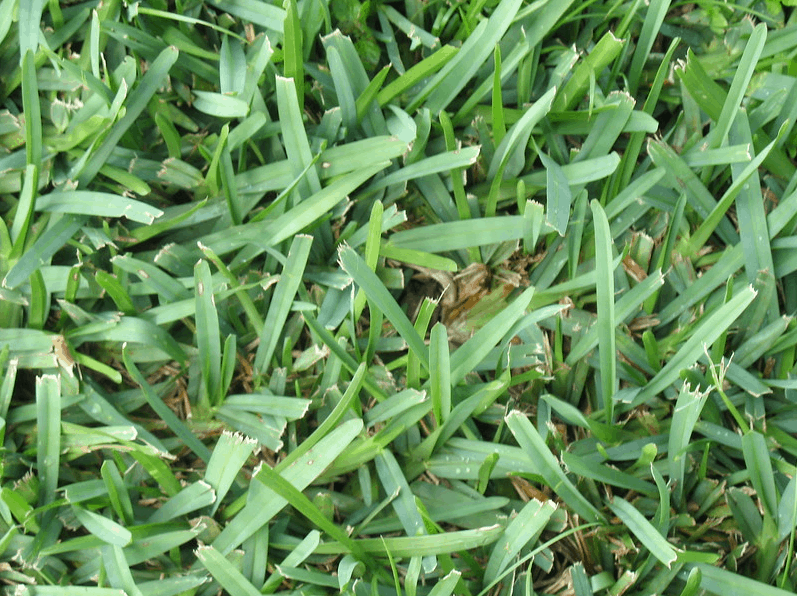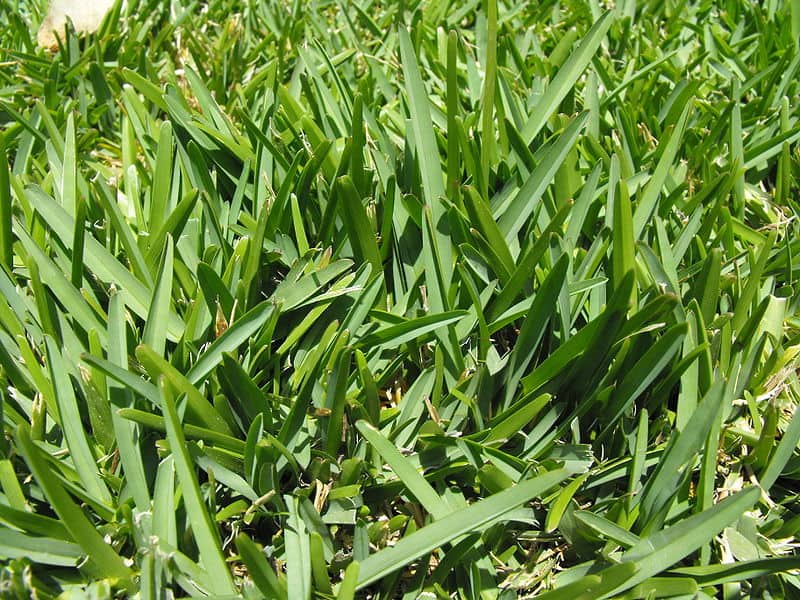What is better Bermuda or St Augustine grass?
Lawns are for more than just looks. Maintaining a healthy, thick lawn also benefits the environment.
Unlike hard surfaces such as concrete, asphalt, and wood, lawn grass helps clean the air, trap carbon dioxide, reduce erosion from stormwater runoff, improve soil, decrease noise pollution, and reduce temperatures.
Here we compare two of the best.
Bermuda Grass

Bermuda grass is formed by the accumulation of the bermuda or grass species.
It is a very popular type of grass, very attractive for its easy maintenance.
It is usually planted to cover large areas, especially on soccer fields or municipal swimming pools.
The reason is, basically, that it is a very resistant grass to the traffic of people and their footsteps. How can we keep it healthy and green?
How to choose the best lawn
Bermuda is considered the plant of the sun, heat and light.
It is a lawn indicated for the Mediterranean climate, because it does not withstand frost and in very harsh winters its growth stops and the leaves turn yellow and brown, making any surface ugly.
You may like What Is The Fungus That Grows On Trees
To avoid the brown appearance of this species in winter, Bermuda seeds can be mixed with other types of cold-resistant grass such as Festuca arundinácea, Agrostis stolonífera or Rye grass.
Thus, the effect of winter is hidden and the surface will look green all year round.
It is a lawn that is easy to care for due to its resistance to drought and poor soils with high salinity and low quality water.
It also tolerates trampling and daily traffic. Furthermore, it is an optimal enemy for weeds and weeds.
Despite its hardness, it is a lawn that requires some attention, especially in terms of cutting, fertilizing and fertilizing.
It grows very fast, especially in summer, which is why frequent cuts are mandatory if you want to maintain its good and careful appearance.
The height of the cut can be between 2 and 5 centimeters, depending on your tastes.
As for irrigation, although it bears drought, in warm times abundant irrigation is convenient because its scarcity stops growth.
It also tolerates temporary floods so that in the rainy season, if they are not excessively long, it survives without problems.
For fertilization, an avid nitrogen is recommended to obtain a quality lawn.
A monthly fertilization schedule is important to keep the lawn looking healthy throughout the summer.
It also needs frequent scarifying and puncturing.
If you want grass but you don’t have much time to dedicate to its care, the bermuda type is the most suitable because it needs common watering and a few months of more care with fertilizers and puncture.
But then it is one of the most resistant and durable, and it is not attacked by fungi. Its only disadvantage is the low frost resistance.
St. Augustine grass

The grass or grass St. Augustine (Stenotaphrum secundatum Kuntze) is very adapted to the areas hot and humid (subtropical) of the world.
It is believed that is native to the coastal regions of the Gulf of Mexico and from the Mediterranean. St. Augustine is the most common species of grass used in Florida
Advantage
St. Augustine grass has a greenish-blue color, it is dense and well adapted to most soils and areas Florida weather.
It has good resistance to salinity and some varieties resist shade better than others grass species adapted to hot areas.
The grass St. Augustine is quickly and easily established and can be sow using square or rectangular pieces (sod), twigs (springs), bits or squares (plugs).
Disadvantages
St. Augustine grass, like other grass has some maintenance and pest issues. Requires water to stay green and healthy and you may need
supplementary irrigation during long periods of drought.
It has very little tolerance to “wear” or abuse and does not endure trampling or vehicle traffic.
In some parts Florida enters a dormant period (winter dormancy) turning yellowish or tan, and the period lasts until spring. Under much fertilization and Irrigation can produce a lot of cushioning (thatch), which can result in insect or fungal problems.
It has broad leaves and rough or thick stems, so it does not grow with the density that other species present.
The St. Augustine’s biggest grass problem is the bedbug southern chinch bug (Blissus insularis Barber), which causes considerable damage if not controlled.
Some varieties they are also affected by diseases such as stain gray leaf spot (Pyricularia grisea), large patch (Rhizoctonia solani), and root rot (take-all root) (Gaeumannomyces graminis see. Graminis). Chemical weed control can be problematic, particularly when controlling grass weeds, since there are few herbicides for use in urban patios.
Cultivars
There are several cultivars available from St. Augustine for use in Florida. Cultivars vary in their tolerance tostress with the environment and susceptibility with pests.
St. Augustine cultivars can be grouped according to your requirements with the cutting height and the texture of its leaves. Regular cultivars are cut from
3.5–4 inches and dwarfs should be cut to 2.5 inches.
Table l gives some growth characteristics for the
cultivars available.
St. Augustine grass can be sown all year round in the hot regions of Florida, but the best time sowing for quick establishment is during the active growth time. It is also better to avoid extreme emperatures, especially if possible freezing temperatures are announced.
In the south of Florida, the optimal time for establishment is final
fall, winter or spring. For the center and North Florida, try to avoid settlement during winter or hot and dry summer months.
The St. Augustine grass is established only by spread vegetative, this includes pieces (sod), bits (plugs) and twigs (springs).
Vegetative propagation is carried out with part of the growth points of the plant instead of seeds.
St. Augustine grass has stolons (stems above the ground) which have areas with cells that they are actively dividing into knots.
These areas are capable of generating new stems and root growth, and are responsible for the lateral growth of grass St. Augustine along the ground.
When the grass is freshly sown it is important to water using a suitable program. Several short irrigations (5-10 minutes) throughout the day for 7-10 days after sowing helps the grass to establish itself without drying out.
For the next 7–10 days water once applying 1 / 4–1 / 2 inch of water. After this, the frequency should reduce to 2–3 times per week, applying again 1 / 4–1.
What is better Bermuda or st Augustine grass
It depends on the area where you live and preference.
Both St. Augustine and Bermuda grasses require a substantial watering regimen, but between the two St. Augustine needs almost twice as much as the competition.
So, it’s worth factoring into your decision if you live in an area that has water conservation policies or frequently experiences droughts. Bermuda grass, on the other hand, requires very little water during its dormant season and can be drought tolerant when properly cared for.